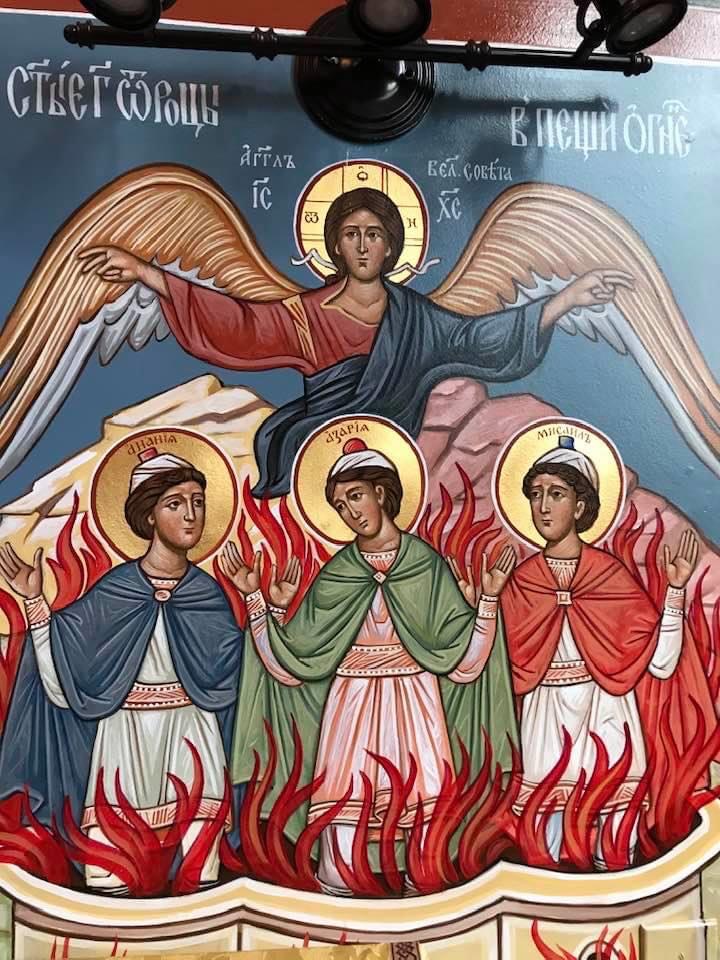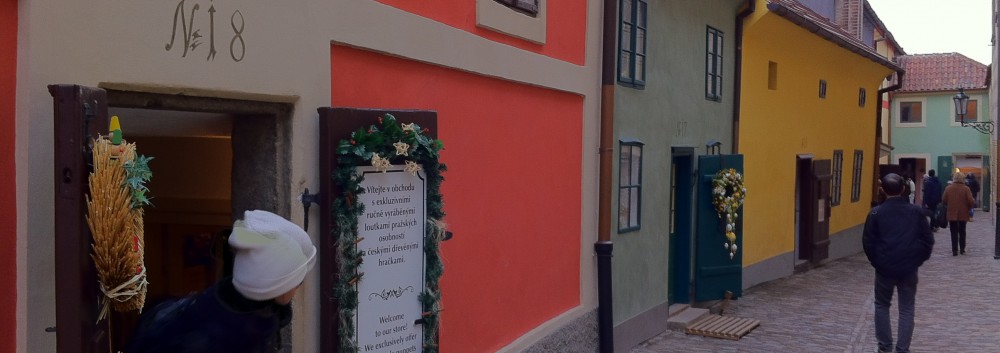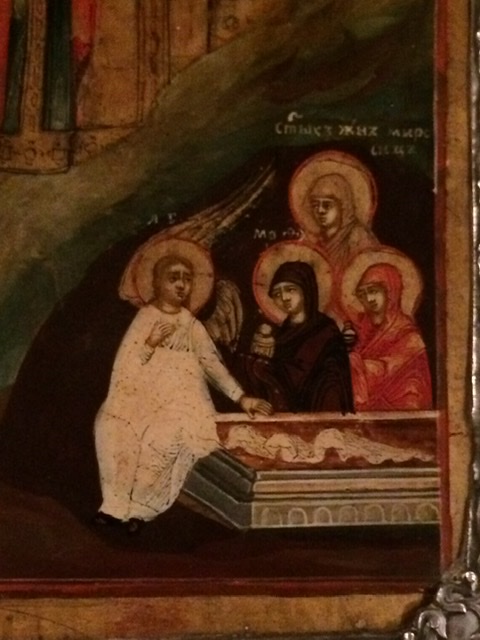
The story of the three young men in the burning, fiery furnace found in Daniel 3 was traditionally the last Old Testament reading of the Easter Vigil, the “hinge reading” connecting the Old Testament prophecies to the blessing of the font and the celebration of Holy Baptism. (It is still the last of the Old Testament readings in the Orthodox Church.) The great canticle of the men in the furnace–with its tremendous refrain, “Praise the Lord! Sing and exult him forever!”–would follow, with a prayer and the procession to the font. In ancient practice, when baptisms were celebrated in a separate baptistry chapel because the adults to be baptized were all nude, the baptisms were conducted while the last of the Old Testament lessons were being read and the newly-baptized would come back to the church during the singing of this canticle.
How does this story of the three young men in the burning fiery furnace connect to Holy Baptism and the celebration of the Resurrection? In the book of Daniel, we read that the three young men were thrown into the great furnace because they refused to worship a giant idol the king of Babylon had set up. (The fire in the furnace was so terrible that the soldiers that threw the young men into the falmes were killed as well.) But the witnesses of the execution saw that the three young men were not burned in the fire but instead could be seen walking and singing in the midst of the flames and that a fourth man–who looked like “the Son of God,” the text reports– could be seen in the furnance as well. That “Son of God,” a fearful, beautiful Angel of the Lord was understood to be a divine reflection of God himself and he protected the three men from the flames. When the three men were finally extracted from the fire, they were found to be unharmed–not even their clothers or hair was singed and there was no smell of smoke on them! Christians have always understood that Angel of the Lord, the fourth angelic Son of God in the furnace to be a revelation of the Word of God who would later be incarnate of the Virgin Mary and who would descend through the Cross into Hell itself to smash the gates of death.
These young men in the furnace are understood to prefigure both the Incarnation and the Resurrrection. They prefigure the Virgin’s birthgiving because she, on receiving the Fire of the Godhead within her womb, was not burned, but remained virgin, even as she was before giving birth. But more specifically in terms of the Resurrection, the early Christian preachers and hymnographers tell us:
“According to the story of the Three Children in Babylon [Dan. 3], the flame of fire was divided; for when the furnace poured forth fire forty-nine cubits high it burned up all those around [Dan. 3:22], but by the command of God, it admitted the wind within itself, providing for the boys a most pleasant breeze and coolness as in the shade of plants in a tranquil spot; for it was as the blowing of a wind bringing dew. It is far more wonderful for the element of fire to be divided than for the Red Sea to be separated into parts, Nevertheless, the voice of the Lord divides the continuity and unity in the nature of fire. Although fire seems to human intelligence to be incapable of being cut or divided, yet by the command of the Lord it is cut through and divided. I believe that the fire prepared in punishment for the devil and his angels [Mt. 25:41] is divided by the voice of the Lord, in order that, since there are two capacities in fire, the burning and illuminating, the fierce and punitive part of the fire may wait for those who deserve to burn, while its illuminating and radiant part may be allotted for the enjoyment of those who are rejoicing. Therefore, the voice of the Lord divides the fire and allots it; so that the fire of punishment is darksome, but the light of the state of rest remains incapable of burning.” (extract from St. Basil the Great, in his Homily on Psalm 28, which says “The voice of the Lord Who divides the flame” [Ps. 28:7])
St. Jerome, in his commentary on the Book of Daniel, tells us that this experience can be shared by all the baptized: “When the soul is oppressed with tribulation and taken up with various vexations, having lost hope of human aid and turned with its whole heart to God, an Angel of the Lord descends to it. That is to say, the supernatural being descends to the aid of the servant and dashes aside the fierce heat of the violent flames, that the fiery shafts of the enemy utterly fail to pierce the inner citadel of our heart and we escape being shut up in his fiery furnace.”
How many, during these weeks of quarentine and lockdown, have experienced tribulation and various vexations How many have perhaps lost hope of human aid? It is at times such as these that we look for the Angel to protect the inner citadel of our hearts from the fiery attacks of our Enemy.
“Almighty and everlasting God, the only hope of the world, who by the preaching of thy holy prophets hast prefigured the mysteries of this present time: mercifully increase the devotion of thy people, since none can grow in any virtue without thy inspiration ….” (traditional collect after the reading from Daniel 3 at the Easter Vigil)


